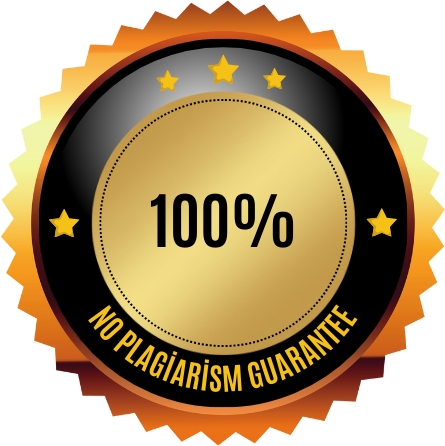Vol. 3 No. 1 (2023)
-
FORMULATION AND EVALUATION OF HERBAL MEDICATED BATH BOMB
Reetu, Himanshu Jaiswal, Kartikay PrakashAbstract
OBJECTIVE: The field of cosmetic chemistry continually explores innovative products, one of which is the "Bath Bomb." This study aimed to formulate and evaluate a herbal medicated bath bomb designed to offer both therapeutic and cosmetic benefits such as relaxation, skin detoxification, and hydration. The bath bombs were developed using herbal ingredients like Neem, Tulsi, Rose, Lemongrass, and Honey, combined with sodium bicarbonate and citric acid, which act as key effervescent agents. Starch was employed to enhance the structural integrity of the bath bombs.
METHODS: The preparation method involved mixing the active ingredients through effervescence and diffusion techniques. Once formulated, the bath bombs were assessed based on their physical appearance, pH, effervescence time, and potential for skin irritation. Three formulations (F1, F2, and F3) were tested to compare their efficacy.
RESULT AND DISCUSSION: The results demonstrated that formulation F1 exhibited the most optimal performance, with a pH of 7.1 and an effervescence time of 30 seconds. It also passed the skin irritation test, proving it to be safe for topical use. All formulations showed good physical appearance, and none resulted in any skin irritation during testing. Formulation F1 had the most suitable balance of pH and effervescence time, making it superior to F2 and F3.
CONCLUSION: In conclusion, the development of a herbal medicated bath bomb was successful, and formulation F1 emerged as the most promising. This product holds potential in the cosmetic industry for offering a therapeutic, cost-effective bath experience
Keywords
Herbal bath bomb, Cosmetic chemistry, Effervescence, Natural ingredients, Therapeutic benefits,- pdf View and Download Full Article










 IJMSCI is a Peer-Reviewed Journal and valid as per New UGC Gazette regulations
IJMSCI is a Peer-Reviewed Journal and valid as per New UGC Gazette regulations








